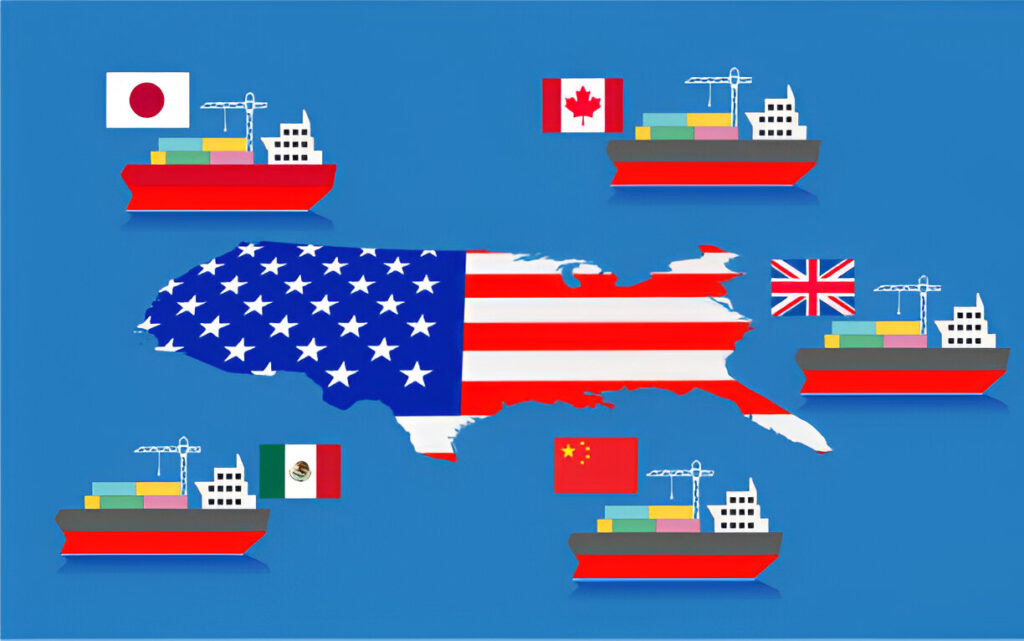Table of Contents
- Understanding Cross-Border Shipping Challenges
- Importance of Accurate Documentation
- Navigating Tariffs and Duties
- Selecting the Right Shipping Partner
- Embracing Technology in Logistics
- Best Practices for Packaging and Labeling
- The Role of Customer Communication
- Future Trends in Cross-Border Shipping
Introduction
Shipping goods between the U.S. and Canada can be a complex endeavor, but with the right strategies, businesses can navigate these challenges successfully. The intricacies of freight shipping require a deep understanding of regulations, logistics, and customer needs to ensure a smooth and efficient operation. By adopting practical logistical approaches, companies can preemptively address potential roadblocks and maintain a steady flow of goods across borders.
Mitigating risks and optimizing delivery processes are essential to enhancing your logistical performance. This involves precise documentation, leveraging modern technology, and forming reliable partnerships, all instrumental in achieving desired outcomes. Let’s explore how these fundamental elements can transform your cross-border shipping strategy and provide a competitive edge in the global market.
Understanding Cross-Border Shipping Challenges
Navigating the logistical and regulatory landscapes of U.S.-Canada shipping can be daunting, primarily due to the multifaceted nature of crossing international borders. Barriers such as different trade policies, language differences, and unpredictable weather conditions add layers of complexity to the shipping process. These elements can contribute to potential delays and elevated transportation costs if not managed proactively. Moreover, the diverse regulatory requirements imposed by both countries necessitate a thorough understanding and compliance strategy to prevent interruptions in the shipping process. Businesses must remain vigilant and adaptable to handle changes in regulations, tariffs, and economic policies, which can impact delivery timelines and customer satisfaction.
Importance of Accurate Documentation
Accurate paperwork is crucial for avoiding unexpected delays and penalties, as it forms the foundation of successful cross-border transactions. Ensuring all shipping documents—such as commercial invoices, packing lists, and certificates of origin—are correctly filled out is essential for smooth transit. For instance, incorrect tariff code classification or missing forms can lead to severe holdups and monetary fines. Double-checking forms before submission is a simple yet effective step in avoiding these costly errors. A comprehensive documentation checklist can aid businesses in streamlining their shipment processes and ensuring timely clearance at customs. By maintaining stringent document handling procedures, companies can minimize disruptions and expedite the border-crossing process, enhancing overall operational efficiency.
Navigating Tariffs and Duties
Tariffs and duties significantly impact shipping expenses, often accounting for most additional costs in international trade. Staying informed about ongoing changes in trade agreements between the U.S. and Canada can substantially alter your cost structure. Understanding these financial elements is indispensable for effective budgeting and pricing strategies. Resources like the comprehensive guides offered by the U.S.-Canada Trade Resources provide invaluable insights that can help businesses remain adaptable to such regulatory changes. By closely monitoring tariff structures and trade agreements, companies can adjust their pricing models and maintain competitive advantage while ensuring compliance with legal requirements.
Selecting the Right Shipping Partner
Choosing a competent shipping partner is pivotal in efficiently handling freight and overcoming logistical obstacles. Opt for companies with extensive cross-border experience and robust networks; their expertise can be invaluable in navigating complex shipping scenarios. When evaluating potential partners, consider their track record for reliability, customer service, and adaptability in changing conditions. A trustworthy partner can provide customized answers to particular problems, guaranteeing efficiency and compliance during transportation. Businesses may increase customer satisfaction, cut expenses, and streamline operations by cultivating excellent partnerships.
Embracing Technology in Logistics
Adopting modern technology can dramatically enhance your shipping processes. Advanced tracking systems, automated notifications, and comprehensive logistics software can significantly boost efficiency and accuracy. These technological advancements allow for real-time tracking and updates, enhancing visibility and predictability within the supply chain. As noted by insights from Logistics Management, these tools facilitate more precise supply chain management, saving both time and resources while bolstering customer satisfaction through increased transparency. By investing in technology, businesses can achieve greater operational agility and remain competitive in an increasingly tech-driven market.
Best Practices for Packaging and Labeling
Proper packaging and labeling are critical to ensuring that goods reach their destinations safely and comply with regulatory standards. It’s imperative to utilize durable materials and clear labels to prevent damage and misrouting. Including vital information such as addresses, handling instructions, and consignee details on packaging helps avoid unnecessary complications at checkpoints. Investing in quality packaging materials and clear labeling can prevent damage to goods, facilitate smoother transitions through distribution hubs, and ensure compliance with international shipping standards. Businesses can reduce risks and improve the effectiveness of their logistics systems by following these best practices.
The Role of Customer Communication
Keeping customers informed about shipping timelines is essential for building trust and ensuring satisfaction. Clear updates on potential delays and expected arrival times enhance transparency and allow customers to plan accordingly. This proactive communication helps manage customer expectations and reinforces business relationships by demonstrating a consistent commitment to service and reliability. Continuous communication ensures that customers are informed, fostering stronger partnerships and trust between businesses and their clients. By prioritizing customer engagement, companies can enhance brand loyalty and encourage repeat business.
Future Trends in Cross-Border Shipping
As technology progresses, the shipping industry looks toward innovations such as drones and artificial intelligence (AI) for faster and more reliable deliveries. These advancements promise to simplify operations and expand service capabilities significantly. Observing these developments and predicting future trends can help businesses stay ahead of the competition in a competitive market. By adopting these technologies early, companies can leverage enhanced capabilities for quicker, more efficient deliveries tailored to modern consumer demands. Staying abreast of industry trends will enable companies to meet evolving market expectations and maintain their competitive edge in the global shipping landscape.



